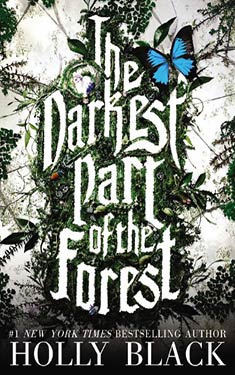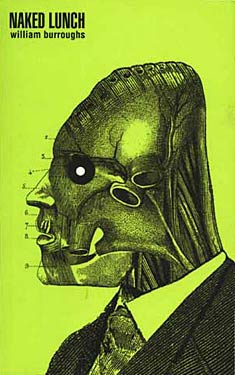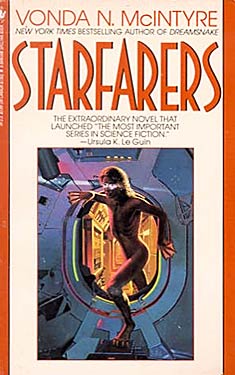Jane Yolen
Completed 11/29/2019,
Reviewed 11/29/2019
4 stars
This book
was a difficult read, not because of the writing, but because of the
content. It is a retelling of the
Sleeping Beauty fairy tale set during the Holocaust. It reminds us that gypsies and gay men were
among other smaller populations that were also exterminated in the camps. Any book or visual media that deals with the
Holocaust really saddens me and makes me angry. It also made me angry that I found so many
reviews on Goodreads that condemned the book because of homosexual content and
an out-of-wedlock pregnancy. Wake up
people! Over two hundred fifty thousand
gay men died in the concentration camps.
Their stories need to be told. And
there are some people that have sex (gasp!) outside of marriage. Despite the sexuality references, there was
no explicit sex in this book. In fact, I
found it very appropriate for teens.
Despite its short length, I thought it was really well done. It was nominated for the Nebula and World
Fantasy Awards and won the Mythopoeic Award back in the early ‘90s.
 Becca is a
second generation American of Polish-Jewish descent. As a child, she and her sisters were
fascinated by their grandmother’s (Gemma) telling of Sleeping Beauty. It wasn’t the Disney version, but more
faithful to some of the original texts. Years
later, on her deathbed, Gemma asks Becca to find out her true origins, calling
herself Briar Rose. Becca’s
investigations lead her back to Poland and the Holocaust.
Becca is a
second generation American of Polish-Jewish descent. As a child, she and her sisters were
fascinated by their grandmother’s (Gemma) telling of Sleeping Beauty. It wasn’t the Disney version, but more
faithful to some of the original texts. Years
later, on her deathbed, Gemma asks Becca to find out her true origins, calling
herself Briar Rose. Becca’s
investigations lead her back to Poland and the Holocaust.
Despite this
being a very short book of about two hundred forty pages, Yolen packs in an
awful lot of plot. However, the
characterization suffered a bit. The
main characters are not very deeply drawn.
Josef Potocki, the old gay Pole who has a connection to Gemma has
perhaps the best characterization. He
tells Becca about his life including his capture by the Nazis. His story is very prosy, so we learn more about
him, his life, and emotions than even Becca, the main character.
I really
liked the setting of the fairy tale in a concentration camp. I thought it was really great that Yolen used
the barbed wire fences of the camps as the thorn bushes that grew around Sleeping
Beauty’s castle. I read a lot of reviews
that thought the metaphors were forced, but I thought they were well done. It also brings to light the little-known camp
at Chelmno which was where the Jews of the Lodz ghetto were exterminated, 320,000
of them. They were interned there and
then stuffed into vans which circulated the auto exhaust into the back of van,
killing all the people packed in there.
Only two men where known to have survived the Chelmno camp. It is believed that no women survived.
I give the
book four stars out of five, despite the lack of character development. It is one of a series of fairy tale
retellings compiled by Terri Windling in the early nineties. This is only one I’ve read, and I thought it
was well done. Jane Yolen was named a
Grand Master by the Science Fiction and Fantasy Writers of America (SFWA) in
2017.




